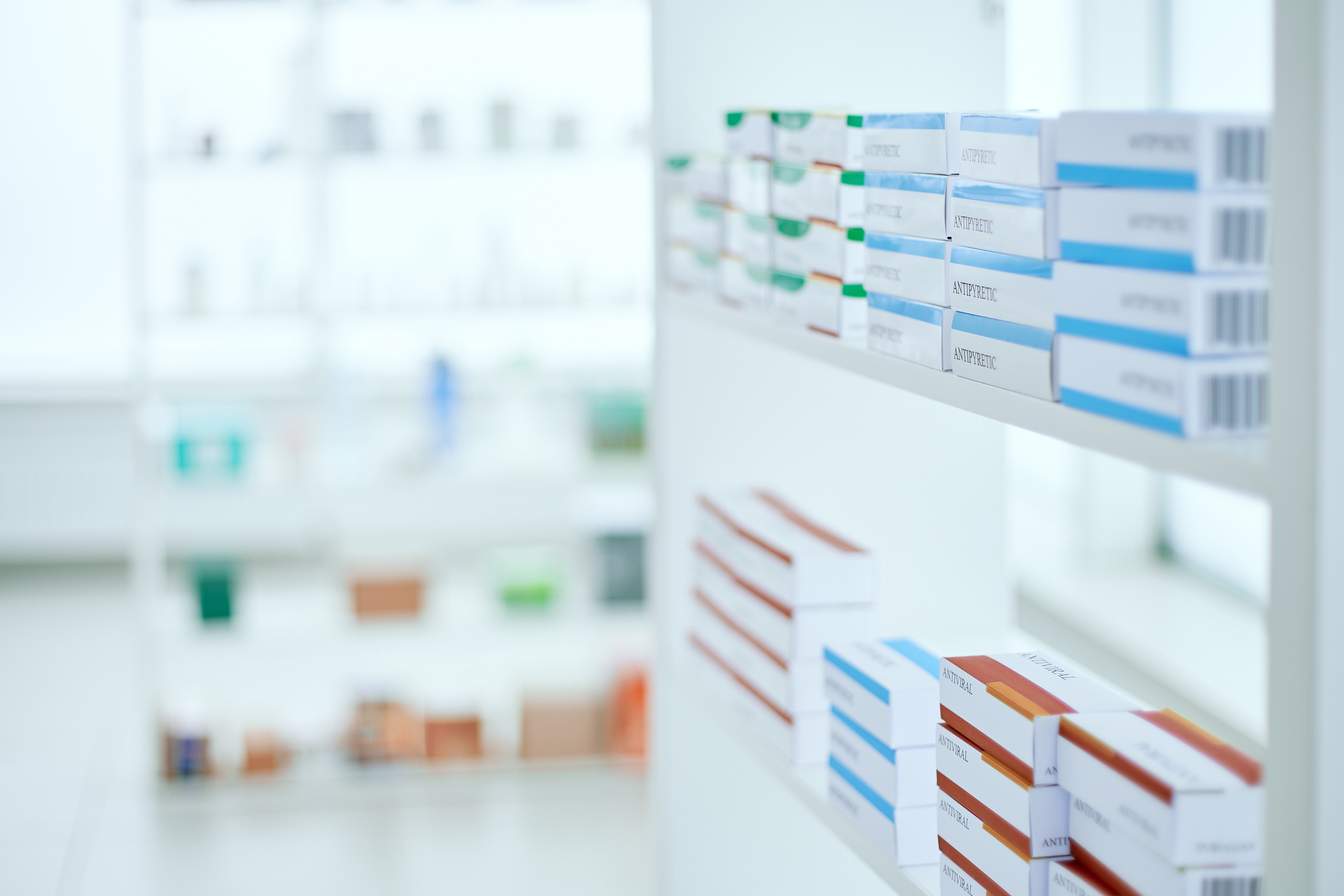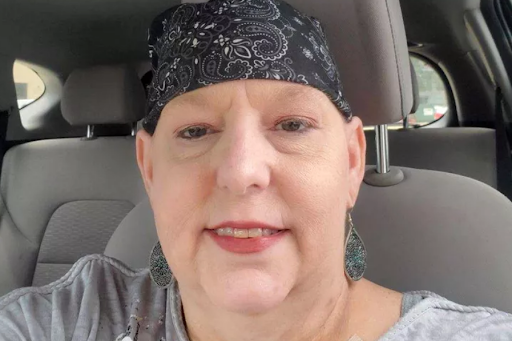In today’s healthcare world, making sure each patient feels special is key. Among the many ways to make this happen, specially designed pharmacy packaging stands out. It’s not just about holding medicine; it’s about showing care in a personalized way, making life easier and safer for patients, and keeping them engaged. By making it simpler to stick to their medication schedules and making sure doses are just right, tailored packaging does more than just streamline the process. It builds a bridge of trust and reliability between patients and their healthcare providers. Let’s dive into how custom pharmacy packaging is changing the game in offering better care for everyone.
Enhancing Medication Adherence with Custom Packaging
Custom pharmacy packaging serves as a necessary tool in improving medication adherence by addressing common barriers to following a treatment plan. Thoughtfully designed packaging can simplify complex dosing schedules and make it easier for you to manage your medications effectively. Custom pharmacy packaging can include reminders and features like color coding to help users stay organized with their medications. This not only benefits patients but also improves communication between healthcare providers and individuals, leading to better decision-making about their treatment.
Importance of Medication Adherence
The heart of successful treatment outcomes is medication compliance, which is your ability to take medications exactly as prescribed. Noncompliance can lead to worsening health conditions, increased healthcare costs, and reduced quality of life. Customized medication packaging is an instrumental strategy in preventing these negative consequences by promoting patient adherence, which, in turn, supports your treatment plan and overall health outcomes.
Key benefits of medication adherence include:
- Improved management of chronic conditions
- Reduced risk of hospitalization
- Enhanced patient safety and quality of life
Role of Custom Packaging in Improving Adherence
Custom pharmacy packaging—such as blister packaging, smart packaging, or active packaging—plays a strong role in improving compliance. Your pharmacy can use patient-centered packaging to create a clear, visible, and user-friendly framework for you to follow. This can come in various forms, from blister packs that lay out daily dosages to smart packages that might remind you when it’s time to take your medicine.
Custom packaging features that support adherence:
- Clear labeling displaying days of the week, dosage forms, and times
- Blister packs that provide a visual aid to track whether medications have been taken
- Feedback loops that alert healthcare providers if doses are missed
- Smart technology that can remind patients to take their medication
By incorporating these packaging designs, you receive an extra layer of support that aligns with your lifestyle and treatment needs, directly impacting your ability to follow your healthcare provider’s advice.
Custom Pharmacy Packaging and Patient Experience
When you pick up medication, the packaging is your first point of contact with the product. The design of the packaging can significantly impact your satisfaction and trust in the medication provided. Custom pharmacy packaging aims to address your specific needs, enhancing the user experience while also fostering brand loyalty among manufacturers in the healthcare industry. Additionally, intuitive packaging can improve medication compliance, ensuring patients take their prescribed doses correctly. Incorporating clear instructions and safety information on the packaging can enhance patient education, promoting responsible medication usage.
Design and User Experience
Custom packaging design is embedded in patient-centricity, to make your medication regimen simpler and clearer. You will likely encounter interactive packaging that includes clear instructions for usage, making it easier for you to understand and stick to your prescription. For example, personalized pharmacy packaging design improves safety by prioritizing clarity and accuracy in medication management, potentially including features like easy-to-read font sizes and braille labels for those with visual impairments.
Sustainability and Patient Trust
As a member of the community, your appreciation for eco-friendly packaging reflects a growing concern for environmental sustainability. Manufacturers are increasingly using sustainable materials, which can improve your trust in them as socially responsible entities. Embracing sustainable packaging not only benefits the environment but also has the potential to enhance patient trust in the healthcare industry.
The Role of Feedback in Packaging Improvement
Your feedback is important to the process of continuous improvement in packaging design. Through feedback loops, patient engagement advisory committees and patient advocacy groups can convey your preferences and concerns to manufacturers, guiding the packaging development process. This kind of patient feedback ensures that the healthcare industry remains responsive to your needs, leading to improvements that increase patient satisfaction and solidify brand loyalty.
By focusing on your experience, manufacturers can use packaging not only as a container but as a tool for communication and engagement.
Conclusion
Custom pharmacy packaging directly addresses your need for a tailored healthcare experience. By focusing on user-friendly designs and safety features, such as child-resistant caps and easy-open mechanisms, your convenience and safety are significantly enhanced. Moreover, your satisfaction is improved through packaging that is designed with a clear understanding of patient needs. Custom packaging in your healthcare routine can result in improved medication adherence and outcomes, making it an essential aspect of modern pharmaceutical services. This packaging also supports sustainability by using eco-friendly materials and reducing excess packaging, demonstrating pharmaceutical companies’ commitment to patient well-being and global sustainability. Personalized packaging also cultivates a stronger connection between patients and healthcare providers, elevating the healthcare experience and satisfaction.




